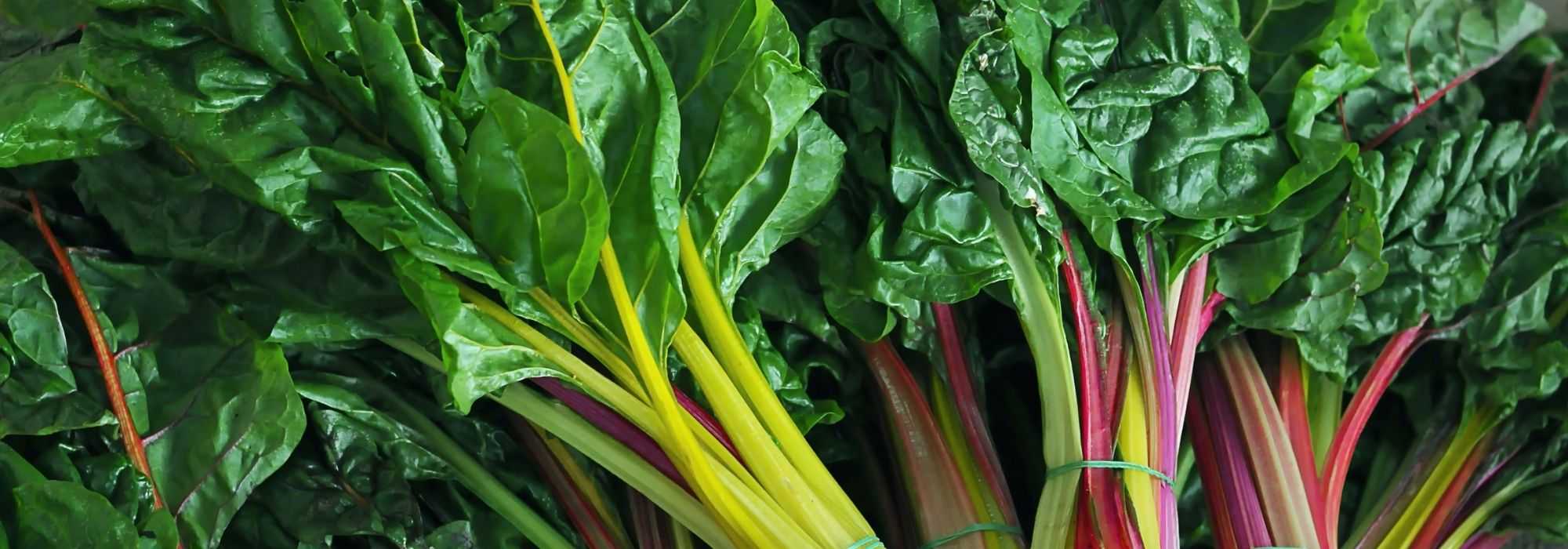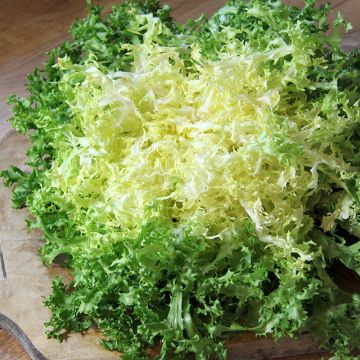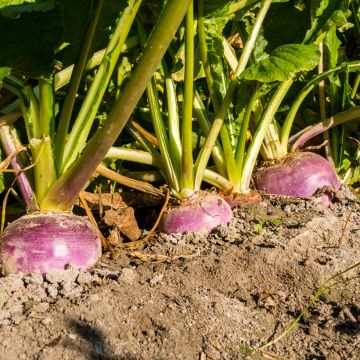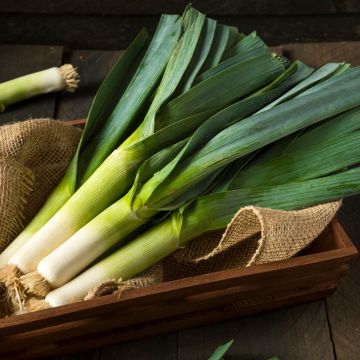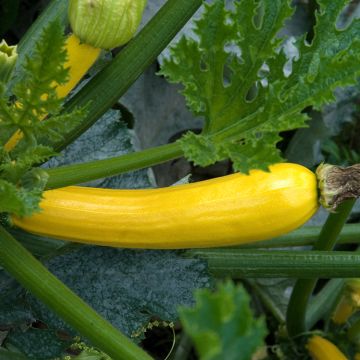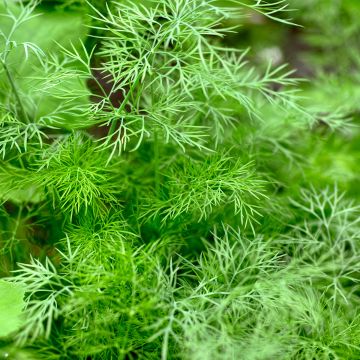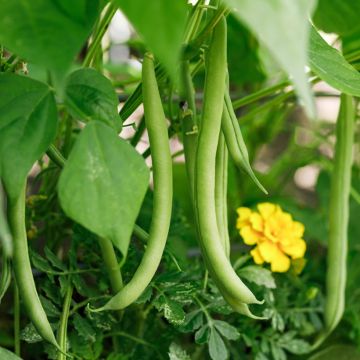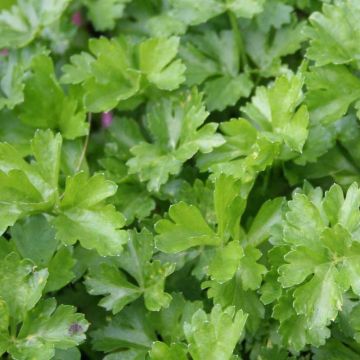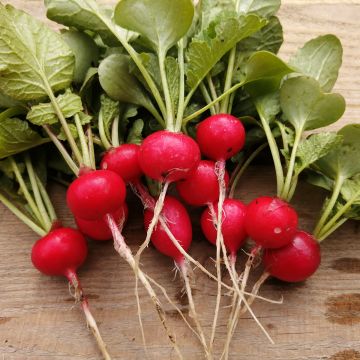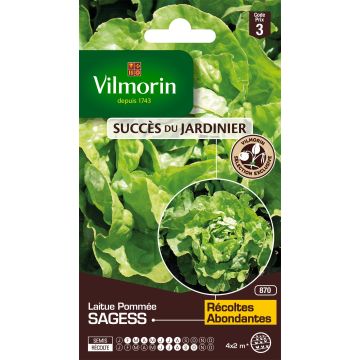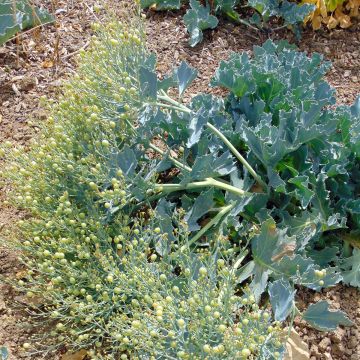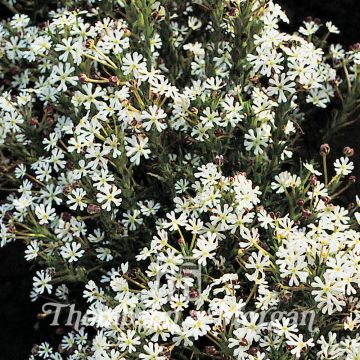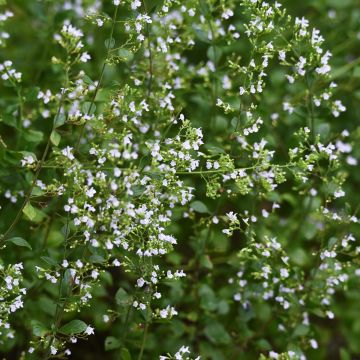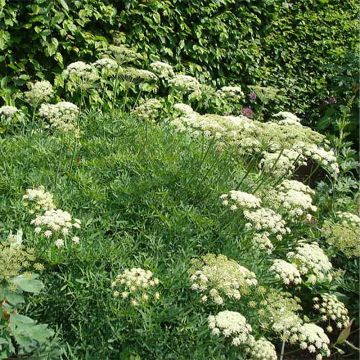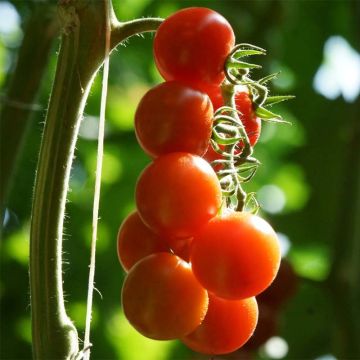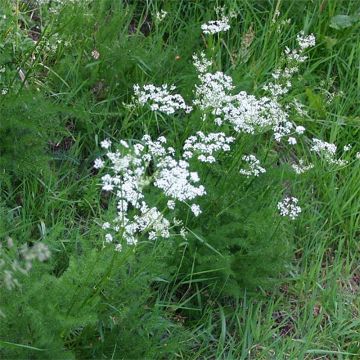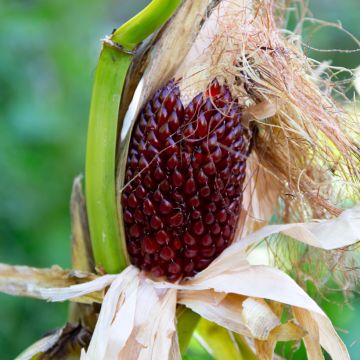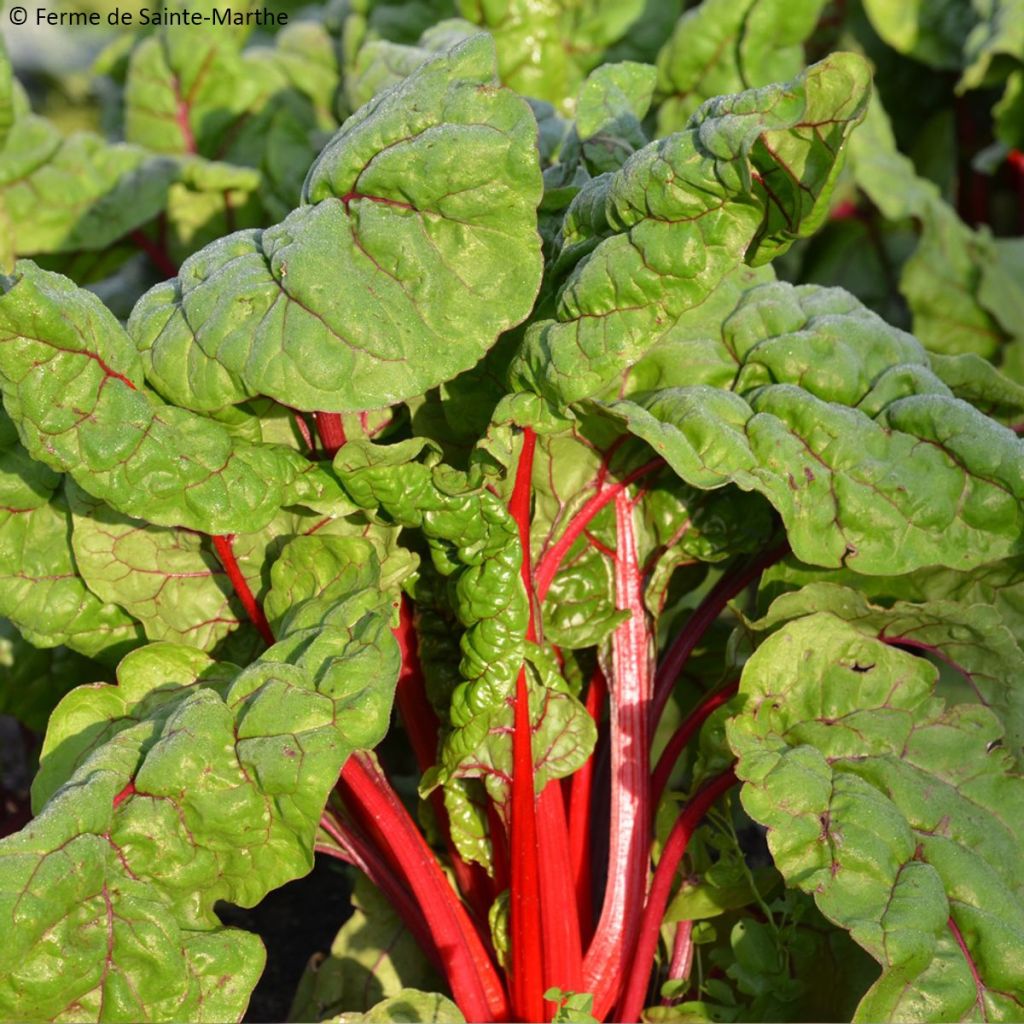

Poirée Charlotte Bio - Ferme de Sainte Marthe
Beta vulgaris Charlotte
Beta vulgaris Charlotte
Swiss Chard
Special offer!
Receive a €20 voucher for any order over €90 (excluding delivery costs, credit notes, and plastic-free options)!
1- Add your favorite plants to your cart.
2- Once you have reached €90, confirm your order (you can even choose the delivery date!).
3- As soon as your order is shipped, you will receive an email containing your voucher code, valid for 3 months (90 days).
Your voucher is unique and can only be used once, for any order with a minimum value of €20, excluding delivery costs.
Can be combined with other current offers, non-divisible and non-refundable.
Home or relay delivery (depending on size and destination)
Schedule delivery date,
and select date in basket
This plant carries a 6 months recovery warranty
More information
We guarantee the quality of our plants for a full growing cycle, and will replace at our expense any plant that fails to recover under normal climatic and planting conditions.
Description
The Swiss Chard Charlotte is a particularly ornamental variety of chard with bright red stalks, and its large, puckered, bright green leaves turn bronze at the end of the season. This chard also has the advantage of being resistant to bolting. It is also a tasty vegetable that can be prepared like spinach: cooked with butter, cream, or in a gratin. However, it should be noted that its colour does not persist when cooked. It can be planted in both vegetable gardens and flower beds. It can be sown from April to July for a harvest from July to November.
The name 'Swiss chard' comes from a popular soup called 'porée' consumed in the Middle Ages, of which it was the main ingredient. It is also known by many other names: Chard, Swiss Chard, Chard Stalks. Its Latin name is Beta vulgaris, and it is a close relative of the beetroot. It is a hardy biennial plant of the Amaranthaceae or Chenopodiaceae family, cultivated as an annual plant for its large leaves. Chard leaves are often puckered and are carried by a fleshy, wide petiole that extends into a main vein of white, red, or yellow color... The colour of the lamina varies from yellow-green to wine red. Flowering occurs in the second year, from July to September, in the form of a tall flower stalk bearing long panicles.
Chard leaves are delicious in pies, soups, or cooked like spinach. The stalks can be prepared in a gratin with béchamel sauce or steamed. Although low in calories and rich in fibre, vitamins, and minerals, Chard should be consumed in moderation by people suffering from arthritis and rheumatism, as it contains oxalates.
Harvest: The leaves and stalks can be harvested as needed by selecting the largest ones.
Storage: It can be stored for a few days in a cool place after harvesting.
Gardener's tip: Regular hoeing and weeding are recommended, and mulching is advised in case of drought. Chard likes the sun as well as rich, loose, and damp soil.
Harvest
Plant habit
Foliage
Botanical data
Beta
vulgaris
Charlotte
Chenopodiaceae
Swiss Chard
Cultivar or hybrid
Biennial
Other Vegetable seeds from A to Z
View all →Planting and care
Sowing
The germination temperature of Swiss chard is between 10 and 30 °C and takes between 10 and 20 days.
Sowing should be carried out from April to July in a previously amended soil (rich but without fresh manure) and prepared very finely with a rake.
Sow directly in situ, as transplanting sometimes causes premature flowering.
Sow in small holes with three seeds every 40 cm (16in) or in a shallow furrow, with rows 40 cm (16in) apart. Cover with a centimeter of fine soil. Then water regularly until germination. Keep the healthiest plant at the 3-4 leaf stage.
Maintenance
Regular hoeing and weeding should be carried out.
Watering should be plentiful and frequent. A vegetative mulching of the soil is beneficial.
Swiss chard can withstand winter in the ground in certain climates (above -6°C) by generously mulching them.
Seedlings
Care
Intended location
Planting & care advice
This item has not been reviewed yet - be the first to leave a review about it.
Similar products
Haven't found what you were looking for?
Hardiness is the lowest winter temperature a plant can endure without suffering serious damage or even dying. However, hardiness is affected by location (a sheltered area, such as a patio), protection (winter cover) and soil type (hardiness is improved by well-drained soil).

Photo Sharing Terms & Conditions
In order to encourage gardeners to interact and share their experiences, Promesse de fleurs offers various media enabling content to be uploaded onto its Site - in particular via the ‘Photo sharing’ module.
The User agrees to refrain from:
- Posting any content that is illegal, prejudicial, insulting, racist, inciteful to hatred, revisionist, contrary to public decency, that infringes on privacy or on the privacy rights of third parties, in particular the publicity rights of persons and goods, intellectual property rights, or the right to privacy.
- Submitting content on behalf of a third party;
- Impersonate the identity of a third party and/or publish any personal information about a third party;
In general, the User undertakes to refrain from any unethical behaviour.
All Content (in particular text, comments, files, images, photos, videos, creative works, etc.), which may be subject to property or intellectual property rights, image or other private rights, shall remain the property of the User, subject to the limited rights granted by the terms of the licence granted by Promesse de fleurs as stated below. Users are at liberty to publish or not to publish such Content on the Site, notably via the ‘Photo Sharing’ facility, and accept that this Content shall be made public and freely accessible, notably on the Internet.
Users further acknowledge, undertake to have ,and guarantee that they hold all necessary rights and permissions to publish such material on the Site, in particular with regard to the legislation in force pertaining to any privacy, property, intellectual property, image, or contractual rights, or rights of any other nature. By publishing such Content on the Site, Users acknowledge accepting full liability as publishers of the Content within the meaning of the law, and grant Promesse de fleurs, free of charge, an inclusive, worldwide licence for the said Content for the entire duration of its publication, including all reproduction, representation, up/downloading, displaying, performing, transmission, and storage rights.
Users also grant permission for their name to be linked to the Content and accept that this link may not always be made available.
By engaging in posting material, Users consent to their Content becoming automatically accessible on the Internet, in particular on other sites and/or blogs and/or web pages of the Promesse de fleurs site, including in particular social pages and the Promesse de fleurs catalogue.
Users may secure the removal of entrusted content free of charge by issuing a simple request via our contact form.
The flowering period indicated on our website applies to countries and regions located in USDA zone 8 (France, the United Kingdom, Ireland, the Netherlands, etc.)
It will vary according to where you live:
- In zones 9 to 10 (Italy, Spain, Greece, etc.), flowering will occur about 2 to 4 weeks earlier.
- In zones 6 to 7 (Germany, Poland, Slovenia, and lower mountainous regions), flowering will be delayed by 2 to 3 weeks.
- In zone 5 (Central Europe, Scandinavia), blooming will be delayed by 3 to 5 weeks.
In temperate climates, pruning of spring-flowering shrubs (forsythia, spireas, etc.) should be done just after flowering.
Pruning of summer-flowering shrubs (Indian Lilac, Perovskia, etc.) can be done in winter or spring.
In cold regions as well as with frost-sensitive plants, avoid pruning too early when severe frosts may still occur.
The planting period indicated on our website applies to countries and regions located in USDA zone 8 (France, United Kingdom, Ireland, Netherlands).
It will vary according to where you live:
- In Mediterranean zones (Marseille, Madrid, Milan, etc.), autumn and winter are the best planting periods.
- In continental zones (Strasbourg, Munich, Vienna, etc.), delay planting by 2 to 3 weeks in spring and bring it forward by 2 to 4 weeks in autumn.
- In mountainous regions (the Alps, Pyrenees, Carpathians, etc.), it is best to plant in late spring (May-June) or late summer (August-September).
The harvesting period indicated on our website applies to countries and regions in USDA zone 8 (France, England, Ireland, the Netherlands).
In colder areas (Scandinavia, Poland, Austria...) fruit and vegetable harvests are likely to be delayed by 3-4 weeks.
In warmer areas (Italy, Spain, Greece, etc.), harvesting will probably take place earlier, depending on weather conditions.
The sowing periods indicated on our website apply to countries and regions within USDA Zone 8 (France, UK, Ireland, Netherlands).
In colder areas (Scandinavia, Poland, Austria...), delay any outdoor sowing by 3-4 weeks, or sow under glass.
In warmer climes (Italy, Spain, Greece, etc.), bring outdoor sowing forward by a few weeks.






























